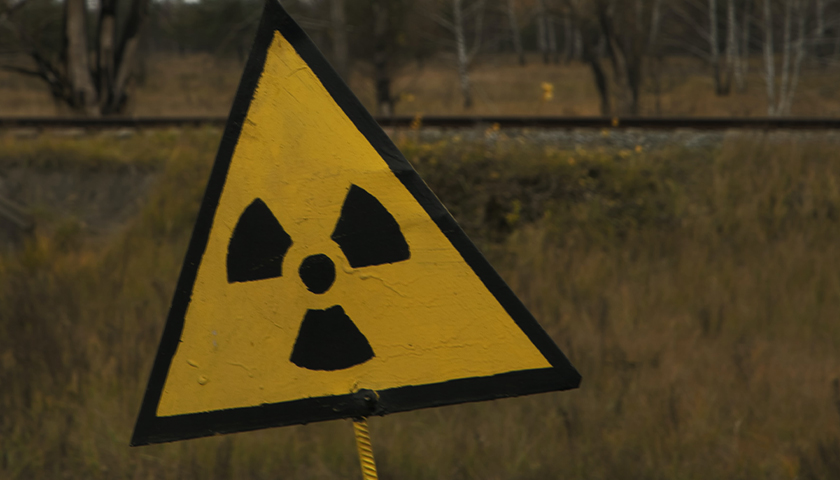by Ross Pomeroy
With a dismissive wave of the hand, nuclear power opponents play their trump card to argue why they will never support this safe, dependable, carbon-free source of energy.
“Radioactive waste.”
But in doing so, they reveal their ignorance. Nuclear ‘waste’ – in the form of spent uranium fuel rods – is not really waste.
The United States, which generates about a fifth of its electricity from nuclear power, produces roughly 2,000 metric tons of spent nuclear fuel each year, which must be securely stored in immense concrete and steel casks for hundreds of years. That sounds like a taxing task, but if you aggregate all of the spent fuel produced in the U.S. since the 1950s, it would actually fit on one football field stacked about ten yards high. Nuclear plant operators are more than capable of handling this amount for the foreseeable future.
However, if politicians got out of the way and auspicious trends in nuclear engineering continue to advance, this ‘waste’ could easily become nuclear fuel again. Current reactors used in the U.S. can only extract about 3-5% of the available energy in nuclear fuel before it is considered ‘spent’. Other countries like France and Russia reprocess their waste to unlock more of that unused energy, but in the U.S., policymakers refuse this option out of fear that any plutonium produced as a byproduct could fall into unfriendly hands and be used in weapons. Luckily, with novel nuclear reactors on the horizon, we may yet be able to utilize our stored spent nuclear fuel.
Reactor designs that might debut in the 2030s, which operate at higher temperatures and use salt-based coolants, could actually produce energy using the nuclear ‘waste’ sitting in storage. TerraPower, the Bill Gates-backed nuclear startup, estimates that its traveling-wave reactor design could electrify America for hundreds of years using only the current supply of spent nuclear fuel. A more modest estimate suggests that available spent nuclear fuel used in novel high-temperature reactors could provide 50% of the United States’ power needs for 200 years.
According to the World Nuclear Association, “Since the dawn of the civil nuclear power industry, nuclear waste has never caused harm to people.” Though reality tells us that properly-handled nuclear ‘waste’ is innocuous and not really waste at all, the misconception persists. Disabusing ourselves of this myth could yield outsized benefits for society.
– – –
Ross Pomeroy contributes to RealClearScience.








